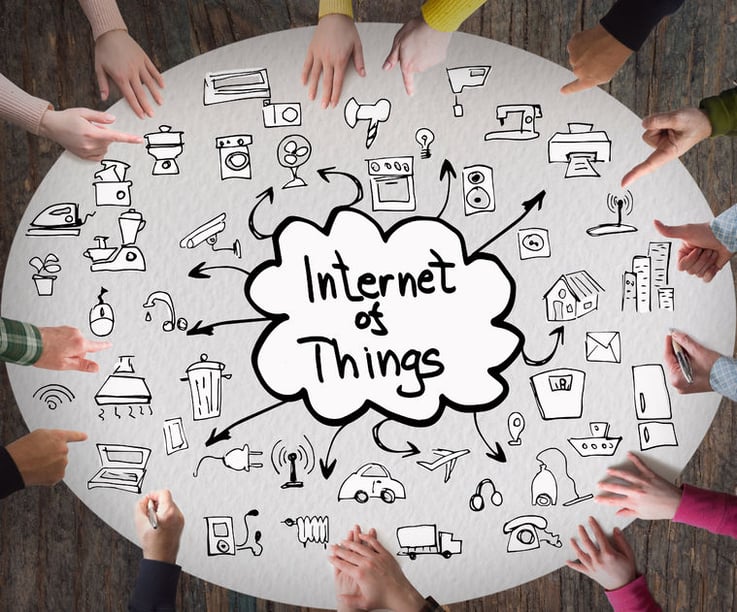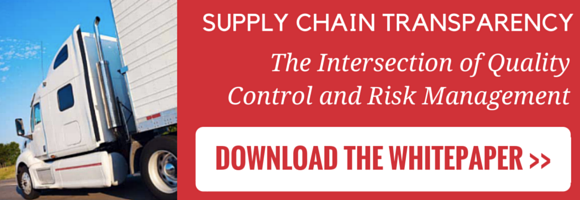
Imagine needing to harvest ice, pack it in sawdust and keep it in underground cellars over the warm months just to transport perishables a short distance. Without technology, this would be a reality of distributing edible goods, but, thankfully, supply chain management and technology has kept pace with society. Even advances we've come to rely on — refrigerated trucks and real-time GPS tracking — are becoming commonplace as new innovations like the Internet of Things, or IoT, emerge to revolutionize operational efficiency within the supply chain.
Too Hot? Too Cold? Just Right.
Temperature control is crucial in maintaining product integrity, especially when it comes to edible products. While they may still be safe to consume, melted and reformed chocolate, flat and fallen baked goods or stale cereals can be enough to turn a customer off of a brand for good. With boxes and containers labeled by batch, fill time and more, it's never been easier to trace the path of an order that was particularly high in customer complaints. Case packs and pallets can be tagged with interactive sensor technology that can signal a need for attention on-site, notes Christy Petty of Gartner. This represents a step up over traditional passive RFID technologies, allowing not only immediate problem recognition, but solutions as well. If, for example, backtracking problematic lots consistently points to a certain carrier or warehouse, a manufacturer can either audit the facilities and vehicles in question or elect to partner with a different provider that offers better results.
Demand in Real Time
Not only has the IoT provided efficiencies within the industry, it has given supply chain professionals unprecedented insight into real-time consumer demand. Spontaneous consumer-produced content like hashtags, check-ins and geolocation-tagged social media "chatter" have all helped end retailers notice and fill in gaps to meet consumer expectations. A food brand can now literally listen in on consumers discussing its product, including new markets that are hungry — no pun intended — for their products, but unsure where to find them. Stephan Romeder notes in a CIPS article that this information can also be leveraged for driving sales, tying in social media mentions as part of a larger brand awareness campaign. Within the supply chain, this ongoing consumer conversation can be used to pinpoint holes in distribution or quality control issues in certain areas. While a mixed blessing at times, this open line of communication also allows for consumers to discuss issues, ideas and potential R&D innovations with manufacturers themselves.
Laissez-Faire Fulfillment
For retailers, knowing when the next shipment is going to arrive is vital. Their planograms, work schedules and even the layout of their stores depend on timely, accurate fulfillment information. No longer are updates the sole purview of account managers; the IoT has made end-to-end visibility within the food supply chain a reality. When properly connected, supply chain management efforts can be viewed, commented on and even contributed to on the far end of the supply chain, allowing unprecedented control and oversight that never "holds up the works" for phone tag or unanswered emails. Sensors are even allowing recipients to monitor the conditions inside overseas shipping containers of perishables, giving them a heads-up that replacement or backordering may be needed in the event of a problem. This autonomy frees up supply chain professionals to work on inter-chain efficiency, rather than a steady stream of update requests.
Supply chain management now is more versatile and contains more potential than humankind ever could have imagined in the days of oversized ice cubes and sawdust. Within the food supply chain, this means freshness, variety and overall quality are setting the bar higher than ever — is your company ready to surpass it? If you're using the IoT, you're already well on your way as part of the supply chain evolution.






